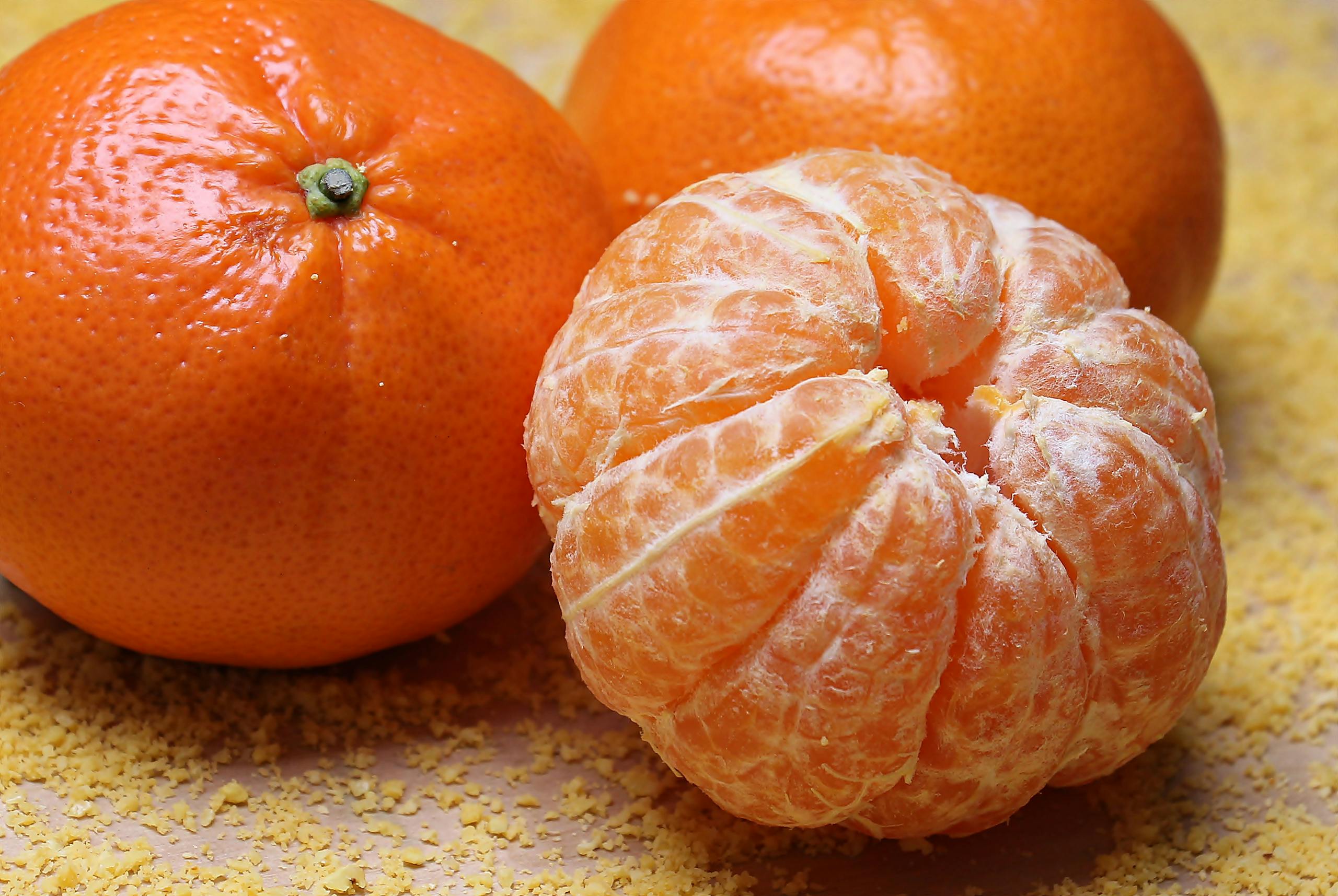Oranges are more than just a juicy snack or a breakfast staple. These vibrant citrus fruits have a fascinating history and an array of surprising benefits. In this article, we’ll explore some intriguing facts about oranges that will make you appreciate this zesty fruit even more.
The Origin and History of Oranges
Ancient Roots
Oranges have been cultivating human taste buds for thousands of years. These citrus fruits are believed to have originated in Southeast Asia, specifically in the region spanning from southern China to Indonesia. From there, they embarked on a journey that would take them across the globe.
The word “orange” has an interesting etymology. It comes from the Sanskrit word “naranga,” which became “naranj” in Persian, then “naranj” in Arabic, and finally evolved into the Old French word “orenge.”
Global Spread
While oranges were already popular in Europe, Christopher Columbus played a role in their global spread. He brought orange seeds to the New World on his second voyage in 1493, planting them in Haiti. This introduction helped oranges become a staple crop in many tropical and subtropical regions of the Americas.
Nutritional Powerhouse: Health Benefits of Oranges
Oranges are not just delicious; they’re also packed with nutrients that offer numerous health benefits. They are renowned for their high vitamin C content, which boosts the immune system, helps in collagen production, acts as an antioxidant, and aids in iron absorption.
But vitamin C isn’t the only trick up an orange’s peel. These fruits also offer fiber for digestive health, potassium for heart health https://factsgem.com/facts-about-oranges/, folate for cell growth, and calcium for strong bones. This combination of nutrients makes oranges a true nutritional powerhouse.
Fascinating Orange Varieties
Not all oranges are created equal. There are numerous varieties, each with its own unique characteristics. Navel oranges are named for the belly-button-like formation on the blossom end. Blood oranges are known for their deep red flesh and berry-like flavor. Clementines are small, sweet, and easy to peel, making them perfect for snacking. Valencia oranges are ideal for juicing, while Mandarin oranges are smaller and sweeter than regular oranges.
The Orange Tree: A Marvel of Nature
Orange trees are remarkable plants that can live up to 100 years or more. A single tree can produce up to 60,000 flowers in one year, although only about 1% of these flowers develop into fruit. Interestingly, oranges in warmer regions often stay green even when ripe. The orange color we associate with the fruit comes from cool nights, which break down the green chlorophyll pigments.
Oranges in Culture and Tradition
Oranges have played significant roles in various cultures throughout history. Here are some interesting cultural facts about oranges:
- In China, oranges symbolize good luck and are often given as gifts during the Lunar New Year.
- In Europe, oranges were once so rare and valuable that they were given as precious gifts to royalty.
- The orange blossom is the state flower of Florida, known as “The Orange State.”
- In some Mediterranean countries, orange blossoms are associated with weddings and are used in bridal bouquets.
- The Dutch Royal Family is known as the House of Orange, named after a region in southern France.
Surprising Uses for Oranges
Oranges aren’t just for eating. They have a variety of unexpected uses that showcase their versatility. The d-limonene in orange peels is an effective natural degreaser, making it useful as a cleaning agent. Orange peel can be used as a natural exfoliant in skincare routines. The strong scent of oranges can help keep bugs away, acting as a natural insect repellent. In the garden, orange peels can enrich your compost pile, adding valuable nutrients to the soil. Dried peels can also be used to freshen up spaces naturally, providing a pleasant citrusy aroma.
The Orange Industry: Economic Impact
Oranges are big business, with a significant impact on the global economy. Brazil is the world’s largest producer of oranges, followed by the United States, with Florida leading the way in U.S. production. The global orange juice market was valued at over $25 billion in 2020, highlighting the fruit’s commercial importance.
Fun Orange Facts
To wrap up, here are some fun tidbits about oranges that might surprise you:
- The color orange is named after the fruit, not the other way around.
- Oranges float in water because they have a spongy peel full of tiny air pockets.
- The white pith of the orange, often discarded, is rich in flavonoids and contains as much vitamin C as the flesh.
- An orange tree can produce fruit for up to 50 years.
- The Persian orange, grown widely in southern Europe after its introduction to Italy in the 11th century, was bitter. Sweet oranges were not introduced until the 15th century.
Conclusion: Embracing the Orange
From their ancient origins to their modern-day ubiquity, oranges have certainly made their mark on human history and culture. Whether you’re peeling one for a quick snack, squeezing it for fresh juice, or using its zest in a gourmet recipe, take a moment to appreciate the fascinating journey of this vibrant fruit.
Next time you enjoy an orange, remember: you’re not just eating a piece of fruit, you’re partaking in a rich tradition that spans thousands of years and crosses continents. So go ahead, peel that orange, and savor every juicy, zesty bite!
